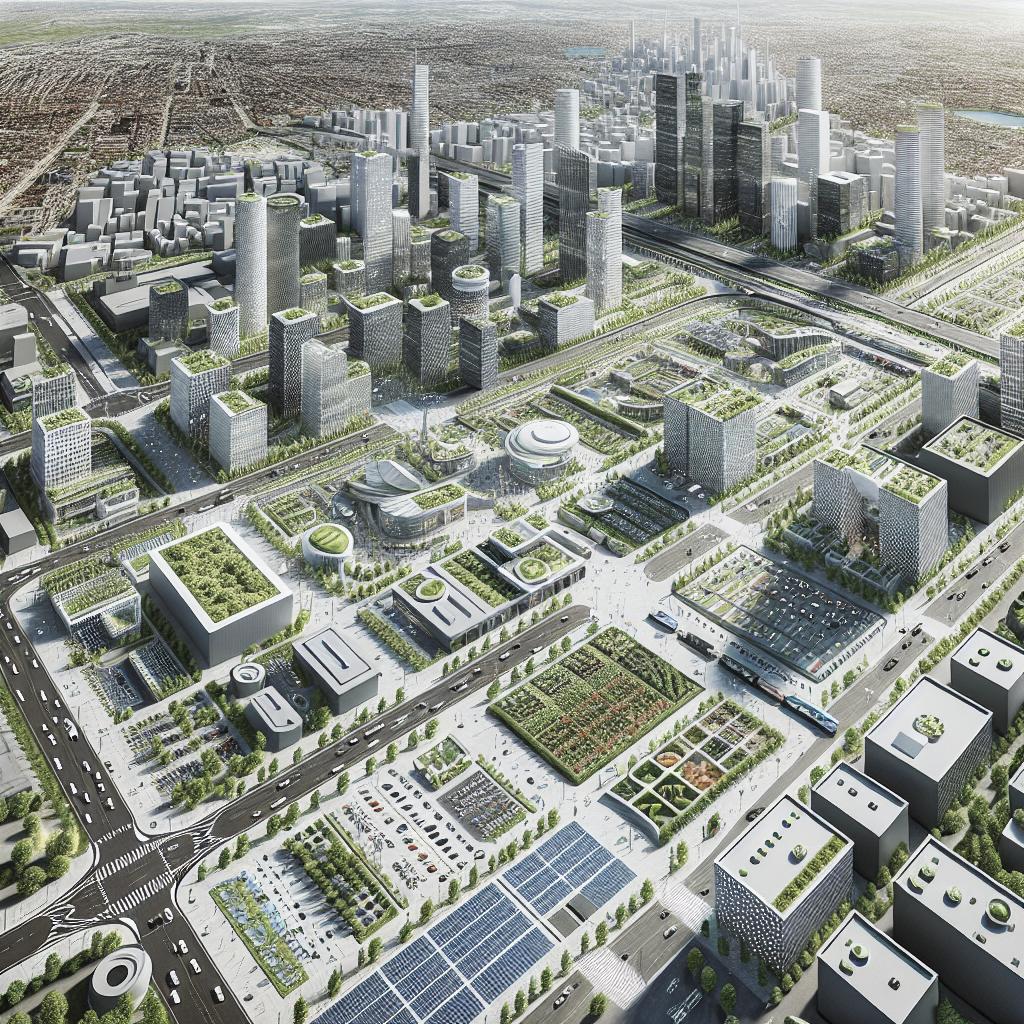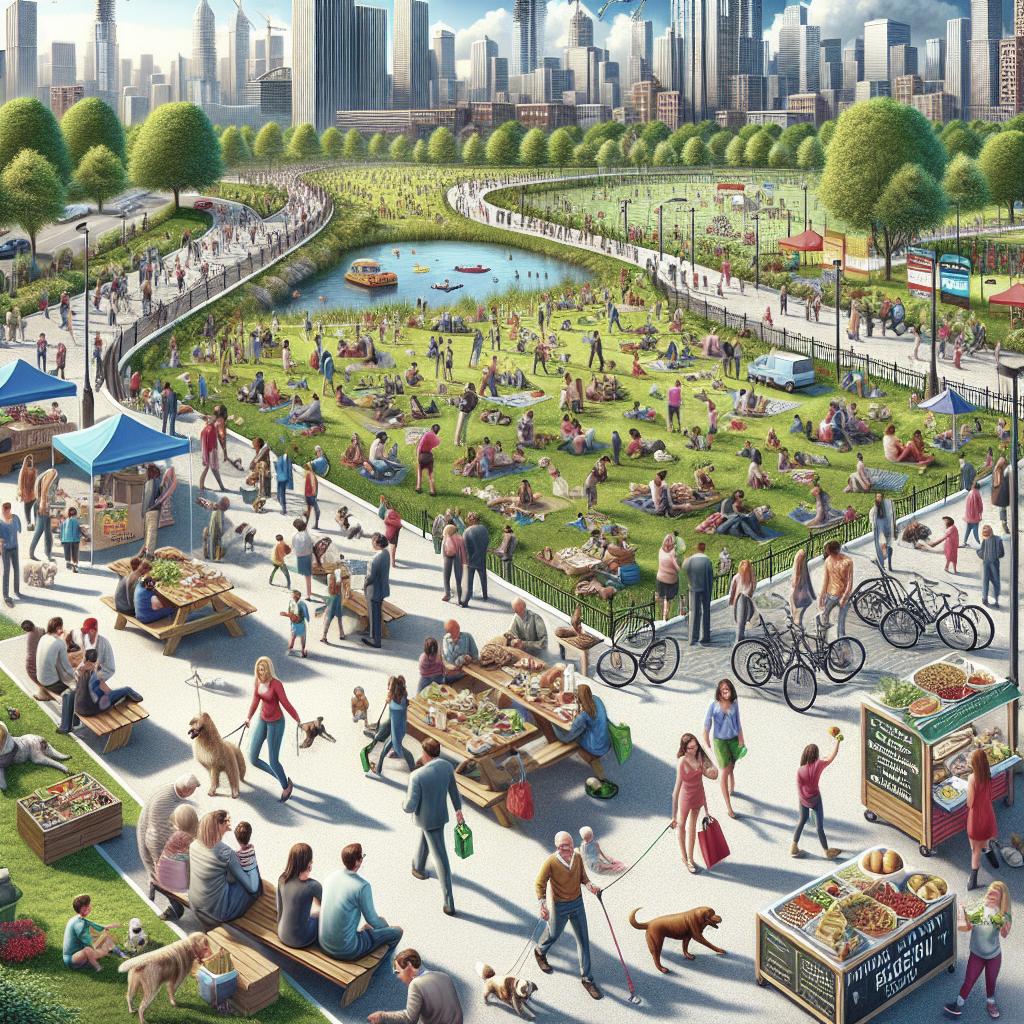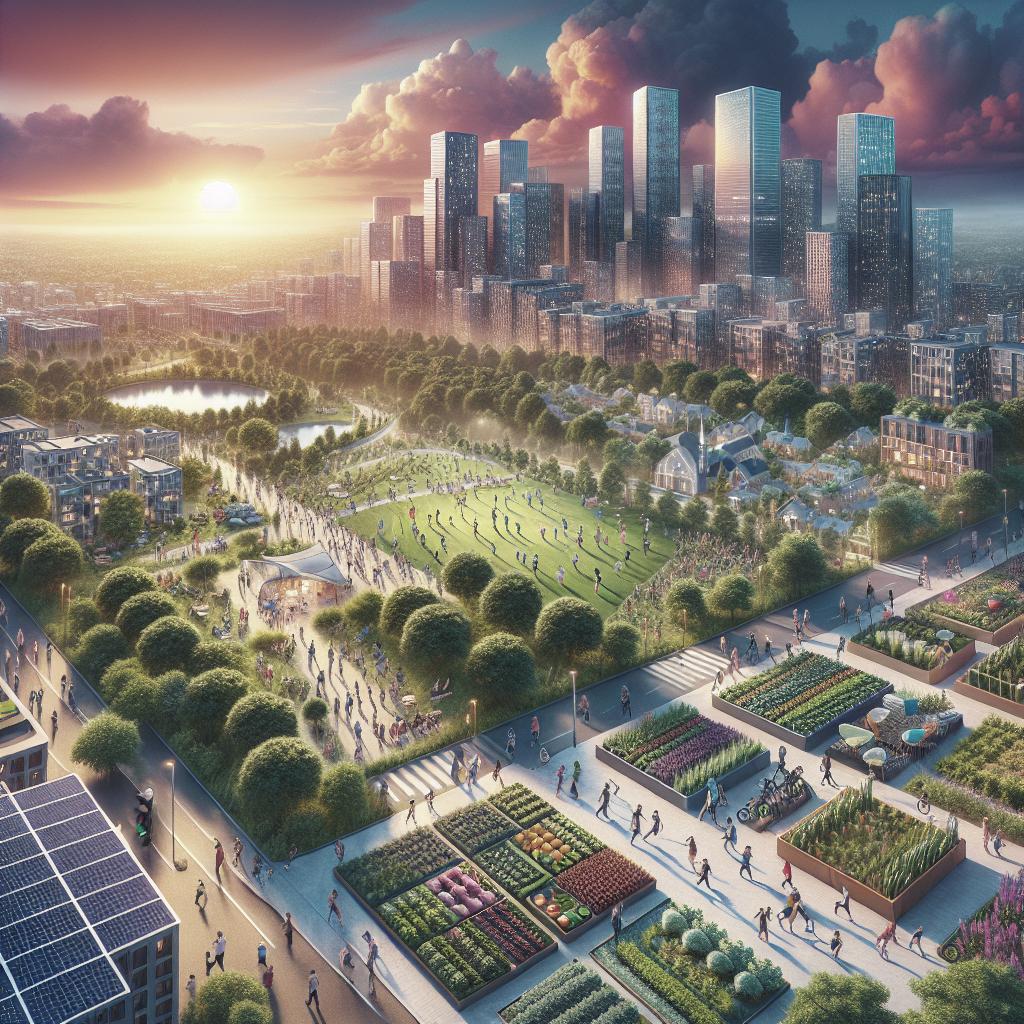<>
“`
As cities around the world continue to grow, the need for sustainable urban planning has never been more critical. This blog post explores several key areas in the pursuit of sustainable urban growth. It covers the importance of transforming the construction industry, the potential of mass timber as a sustainable construction material, the readiness for increased global urbanization, and insights into innovative strategies such as Smart Cities, exemplified by Canada’s initiatives. Read on for a detailed exploration of these themes and actionable insights for sustainable urban development.
The Necessity to Transform the Construction Industry
The construction industry sits at the crossroads of environmental sustainability and economic development. Traditional construction methods often involve significant resource consumption and high levels of waste, contributing significantly to global carbon emissions. It’s high time that the industry undergo a transformation to integrate more sustainable practices.
Innovations in construction technology and methodology can lead to more efficient use of materials, reduced waste, and a smaller environmental footprint. Companies are increasingly adopting green building standards, such as LEED or BREEAM, which promote energy efficiency, water conservation, and the use of sustainable materials. This shift is essential for the long-term health of both the urban environment and its inhabitants.
Mass Timber as Construction Material’s Sustainable Alternative
Mass timber, a category of engineered wood, has emerged as a promising sustainable alternative to traditional building materials like steel and concrete. This innovative material stands out due to its renewable nature and lower carbon footprint. Trees absorb CO2 as they grow, which means that mass timber buildings can act as carbon sinks.
Utilizing mass timber can also lead to faster construction times and reduced labor costs due to its prefabrication potential. This material allows for efficient modular construction, which can be particularly beneficial for urban areas where space and time are at a premium. Importantly, sustainable forestry practices ensure that the use of timber is renewable, helping maintain ecological balance.
Is Mass Timber Sustainable?
The sustainability of mass timber is supported by its lower carbon emissions compared to conventional materials and its positive impact on forest management. Sustainable forestry practices, including selective logging and replanting, help maintain the health of forest ecosystems while providing a continuous supply of wood.
However, the sustainability of mass timber also depends on responsible sourcing and certification. Organizations such as the Forest Stewardship Council (FSC) provide guidelines and certification for sustainable forest management. Developers and builders must prioritize sourcing from certified suppliers to ensure that the environmental benefits of mass timber are fully realized.
Are We Ready for Increased Global Urbanization?
Urbanization is a global trend that shows no signs of slowing. By 2050, it’s estimated that nearly 70% of the world’s population will live in urban areas. This shift brings challenges such as increased demand for housing, infrastructure, and services, all of which must be addressed sustainably.
Effective urban planning is crucial for managing this growth. Strategies such as mixed-use development, public transportation enhancements, and green spaces can help create livable, sustainable cities. Policymakers, urban planners, and community stakeholders must work together to implement forward-looking solutions that balance growth with sustainability and quality of life.
Towards Canada’s first Smart City
Canada is making strides towards building its first Smart City, an urban area that uses digital technology and data to improve the efficiency of city services and the quality of life for its residents. Smart Cities leverage interconnected systems, sensors, data analytics, and IoT (Internet of Things) technologies to better manage resources and infrastructure.
The concept of a Smart City includes optimizing energy use in buildings, enhancing public safety through intelligent surveillance, and improving transportation systems with real-time traffic data. Toronto’s Quayside project is one example where innovative technologies are being deployed to create a community that is both sustainable and highly livable. Canada’s efforts offer valuable insights and blueprint strategies for other cities worldwide aiming for smart and sustainable urban growth.
Join The Conversation
The planning for sustainable urban growth is an ongoing and collaborative effort. Communities, governments, industry stakeholders, and individuals must come together to share insights, experiences, and innovations. Engaging in conversations about sustainable practices, new technologies, and policy developments is key to advancing urban sustainability.
Participate in local council meetings, join urban planning forums, and contribute to online discussions on sustainability. Sharing knowledge and experiences can help spread successful strategies and inspire new ideas. By being part of the conversation, everyone can contribute to shaping more sustainable cities for future generations.
Lessons Learned
| Theme | Key Insights |
|---|---|
| Transforming Construction Industry | Integrate sustainable practices, use efficient materials, and adopt green building standards. |
| Mass Timber | Emerges as a sustainable alternative with renewable and efficient properties. |
| Sustainability of Mass Timber | Relies on responsible sourcing, sustainable forestry, and certification. |
| Global Urbanization | Requires effective urban planning, mixed-use development, and public transportation enhancements. |
| Canada’s Smart City Initiatives | Utilizes digital technologies and data analytics to optimize city resources and improve quality of life. |
| Community Engagement | Encourages participation in discussions, sharing experiences, and contributing ideas for sustainable urban growth. |
“`


